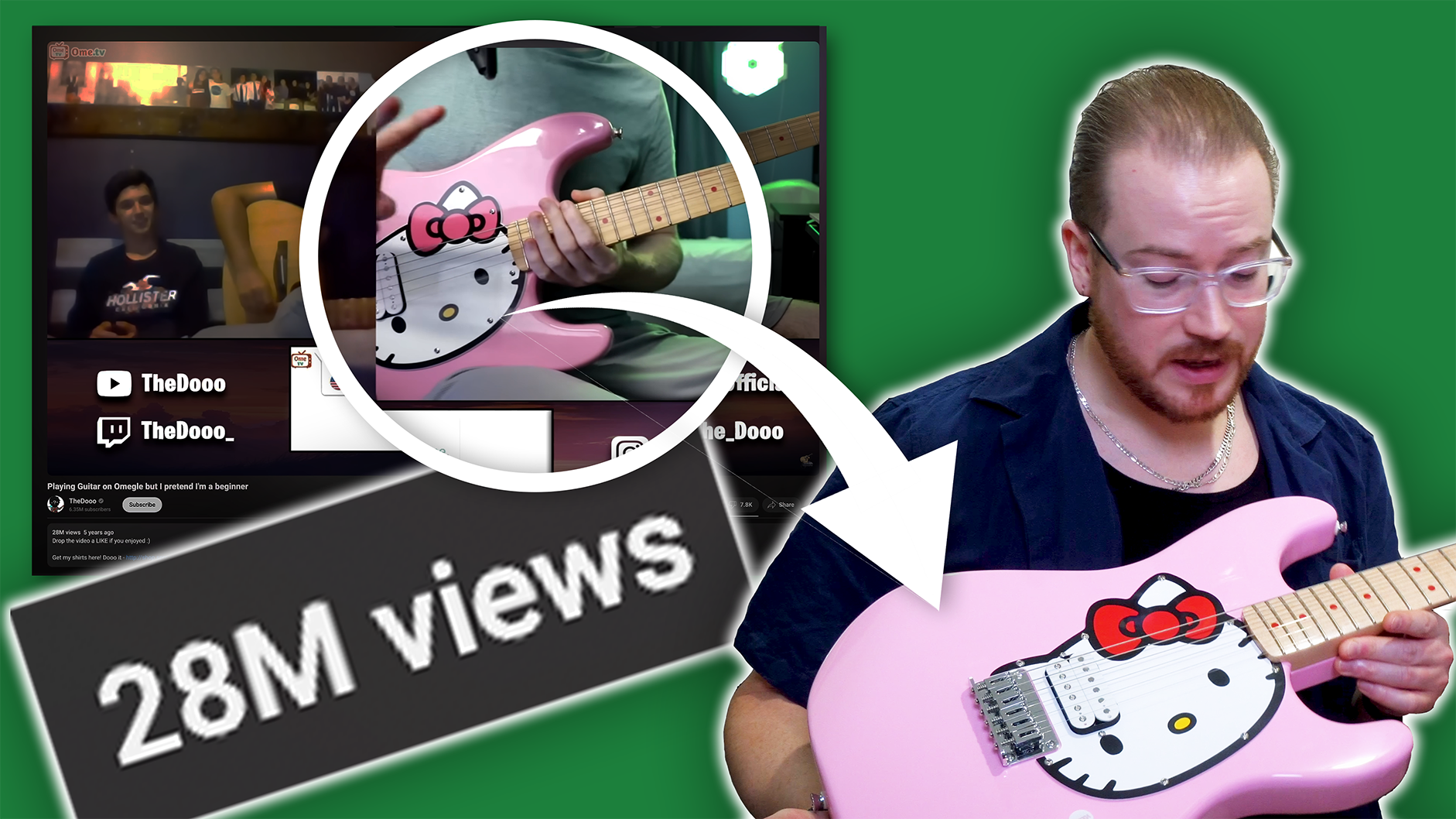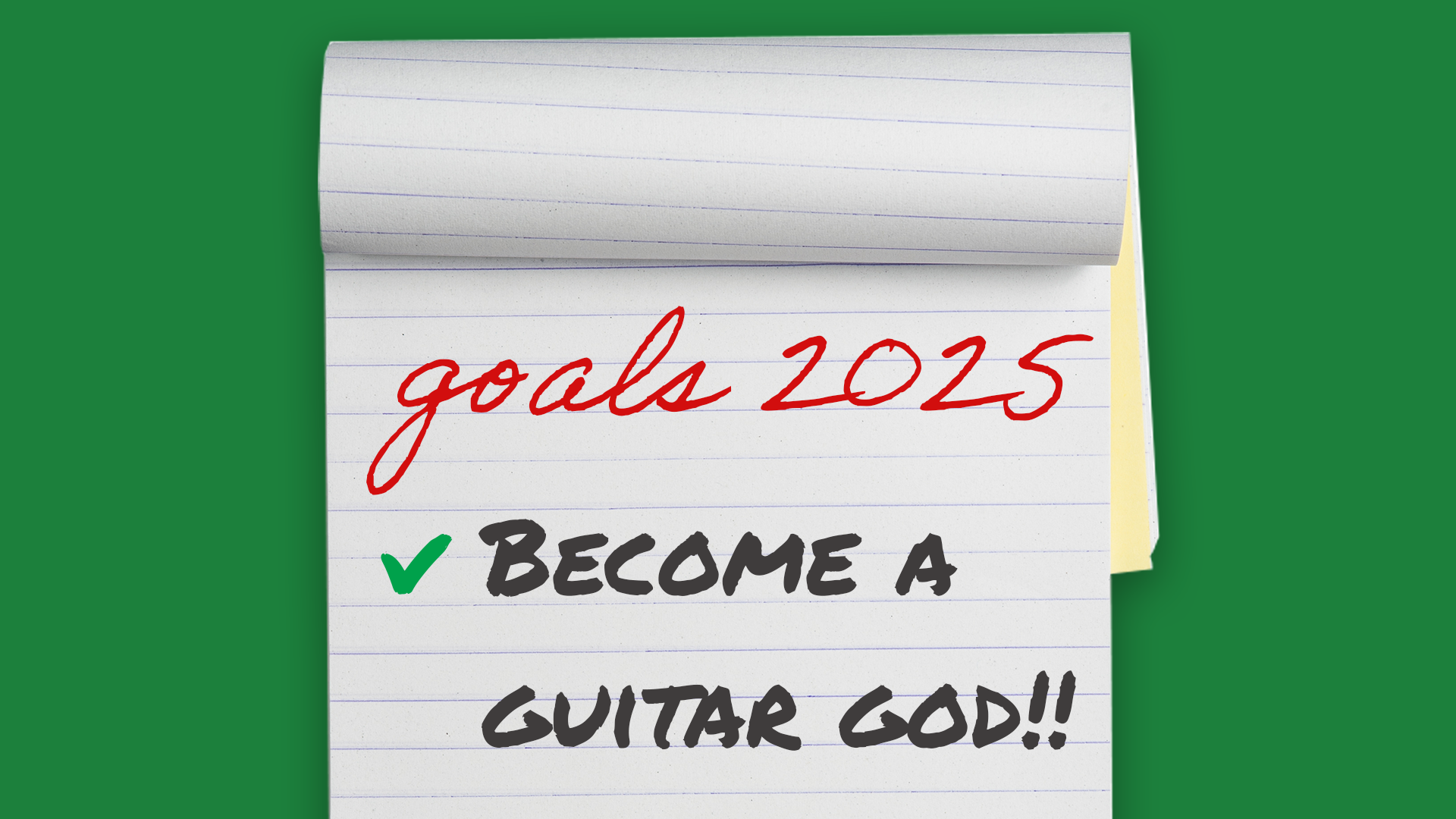How to play: Shallow by Lady Gaga and Bradley Cooper
‘Shallow’ by Lady Gaga and Bradley Cooper became the song that everyone wanted to learn. I think I must have taught it to over half my students! In this lesson, we’ll learn the main riff of ‘Shallow’. There are a few ways to approach this; beginners and intermediate players of all levels should find something to practice here!
There are so many different ways you can go about learning a song. You could look up the tab, listen to the track, or watch the music video. A live performance can also be a fantastic way to see what the artist is doing. Especially, when you make use of the handy slow-down feature in the settings of a YouTube video.
There are a number of different ways you could learn Shallow. If you watch the music video Bradley Cooper appears to be playing it with a pick. If you look up a tab on Ultimate Guitar, you’ll notice that people have a few different opinions in regards to the exact notes he’s playing. Ultimately, it doesn’t actually matter who’s “right”. You’re here to play your version of the song and if you decide you like the song of one version better than the other, then that’s totally your call and that’s awesome!
We’re going to learn how to play the main riff of Shallow using fingerpicking; because I think this is a fantastic song for beginner and intermediate players to use to get introduced to the technique (or further refine their chops if they’ve already been doing it for a while).
The first thing we want to do is make sure we have our head around the rhythm. Do we understand the timing well enough to play the chords confidently, counting our loud and changing in the right place? If fingerpicking sounds a little fancy at this stage, getting familiar with the chords and the rhythm is a fantastic place to start. Make sure you can play the chord progression below, tapping your foot on the beat and counting out loud. Correct strumming technique says that we should do an up-strum on the off-beat. However, we can get away with doing a down-strum in this case as the vibe of the rhythm suggests that we’re simply ‘playing the next down-strum early’.
If you’re having trouble getting the off-beat hits, you can try playing it as a straight chord progression. However, if you play it like this, you’ll notice it doesn’t quite have the same groove and rhythmic energy that we get when we put the hit on the off-beat. Simplifying is a great way to practice if the off-beat is messing with your head!
Once you are comfortable playing this rhythm and are confident with the chord changes, it’s time to start picking with our fingers.
In the video, I used a different fingering in the right hand to pick the patterns. I mention that you can use either. There’s no right or wrong answer here and everyone’s biology is different, so try both out and see what you think feels more comfortable for your hand. The way I have notated the fingering in this lesson is the way I prefer to play it. It allows your hand to keep in a more comfortable position as the fingers stay more relaxed and closer to each other. However, this doesn’t mean the way I’m doing it is the best way. Doing it the way I showed in the video allows you to do the whole thing without shifting positions in your right hand. There are pros and cons to each. Experiment and see which you like best!
Shallow riff - Part 1
When I’m teaching this song, I like to break the main riff down into three parts. This keeps us from getting overwhelmed by a silly amount of stuff and helps us focus more intently on specific bars. When we are learning it’s important to look for patterns. I like to think of the fingerpicking sequence of Part 1 as the notes getting stacked on top of each other over the course of the bar. In the first chord, you are playing every note individually. When you move to the second chord, you play the notes with your thumb individually, but now you’re picking with your second and third fingers at the same time. When we get to the third chord, we are using all our fingers together to play the notes at the same time. The stack is complete.
Shallow riff - Part 2
Part 2 sounds suspiciously complicated but is actually pretty straightforward. Remember how we said that we want to look for patterns to make things easy to remember? It sounds complicated because we have a three-note melodic shape over a four-note rhythm. If we learn to recognise what this pattern looks like, we’ll realise this particular bar is a lot easier than it sounds! In the example below, you’ll see the notes are grouped into three boxes. In the first box, you’ll see a three-note melodic shape moving upwards. In the second box, you’ll see a three-note melodic shape moving downwards. In the third box, we have two final notes moving downwards in order to fill in the bar with the correct number of notes.
The melody can be broken into 3+3+2 = 8 notes. The rhythm is broken into 4 + 4 = 8 notes. Simplifying it helps us understand it is a lot easier than it sounds. We never need to be intimidated by a fancy-sounding passage. It can always be broken down into sensible sections. Most of the time, ‘hard’ is just a combination of a few simple things happening at the same time. When we identify what these simple things are, it becomes a lot easier!
Shallow riff - Part 3
Part 3 has a fancy little embellishment happening that makes use of hammer-on and pull-of techniques. This one is a little tricky as we have to hold the rest of the D chord while doing the hammer-on and pull-off. This doesn’t give us much room to move. If you’re having trouble getting this one down, isolate the hammer-on and pull-off and practice that independently.
When we hammer-on we have to hit the string nice and hard. A pull-off requires us plucking the string with the finger while taking it off. Playing the guitar is a lot more physical than some other instruments. So, if you’re practising this and you feel uncoordinated and are finding it difficult; that’s okay. Focus on executing the technique correctly and the strength and dexterity will come over time.
Here’s the full riff with all the parts together:
If you listen to the track, you’ll notice that Bradley Cooper plays this riff throughout other sections of the song with minor variations. Don’t feel like you have to copy exactly what he does on the recording to say you’ve learned the song. Often, guitar parts are more about achieving the right ‘vibe’ in the context of the song than playing every note exactly the way the artist played it in the recording. In fact, artists will often perform their own tunes with different variations every time they play it! It’s more about the feeling the vibe than nailing the notes.









